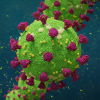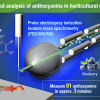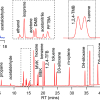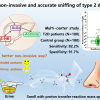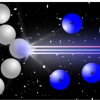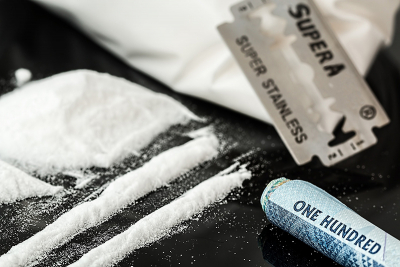
The team, from University of Surrey, Forensic Science Ireland, National Physical Laboratory and Intelligent Fingerprinting, took fingerprints from people seeking treatment at drug rehabilitation clinics who had testified to taking cocaine during the previous 24 hours. Fingerprints were collected from each patient, and the participants were then asked to wash their hands thoroughly with soap and water before giving another set of fingerprints. This same process was used to collect samples from a pool of drug non-users who had touched street cocaine.
They used their experimental fingerprint drug testing approach (based on rapid, high resolution mass spectrometry) to cross-reference the information from the drug non-users who had touched cocaine with that of volunteers who testified to ingesting it. They found that a metabolite of cocaine, benzoylecgonine, is essential in distinguishing those who have consumed the drug from those who have handled it. Benzoylecgonine was not present in samples from drug non-users, even after touching street cocaine and then washing their hands.
Dr Catia Costa from the University of Surrey said: “We are excited about the possibilities for fingerprint drug testing. In addition to illicit drugs, we have found that we can detect pharmaceutical drugs in fingerprints and we are keen to see if we can use this to help patients to check that their medication is being delivered at the right dose.”
They have published work previously on the use of the technique for the detection of heroin in Journal of Analytical Toxicology.





